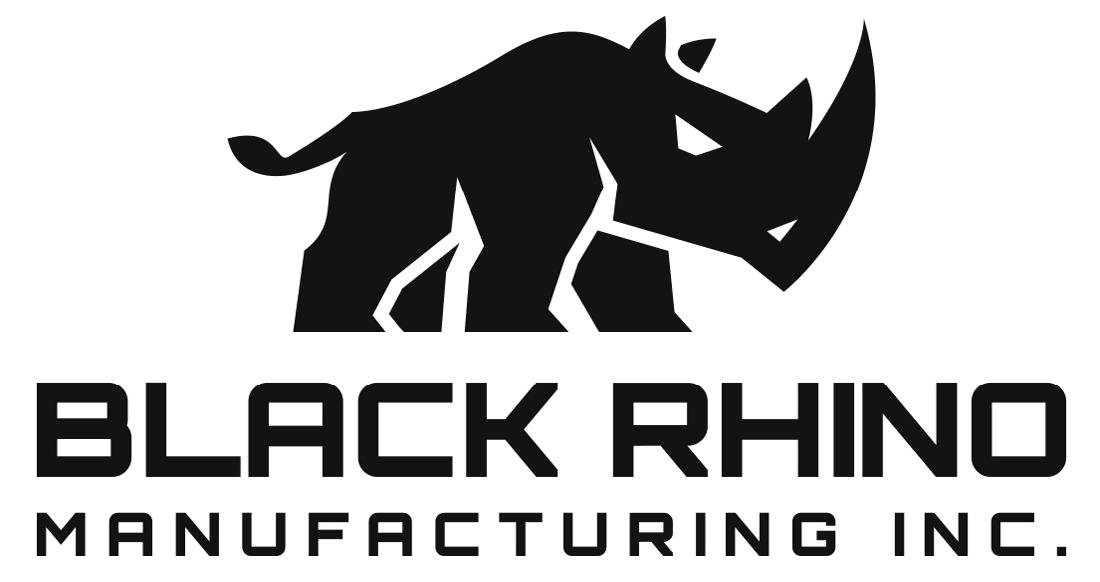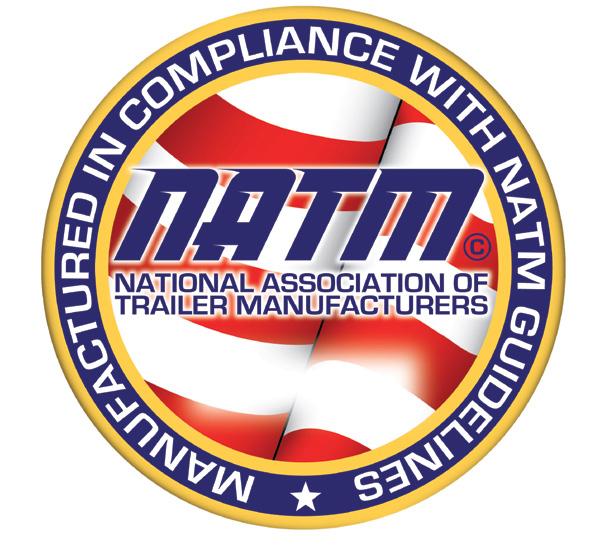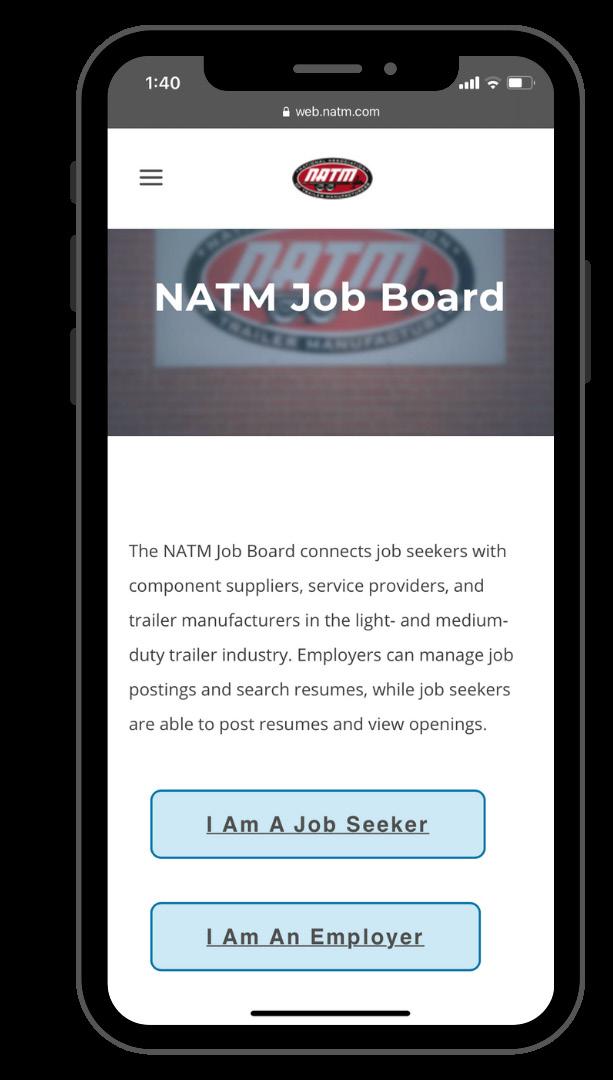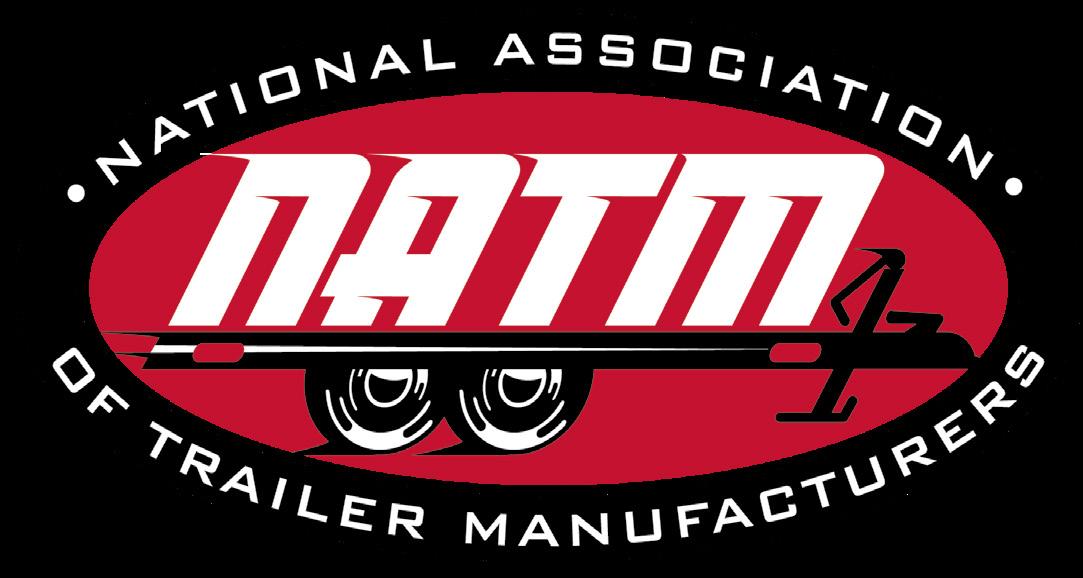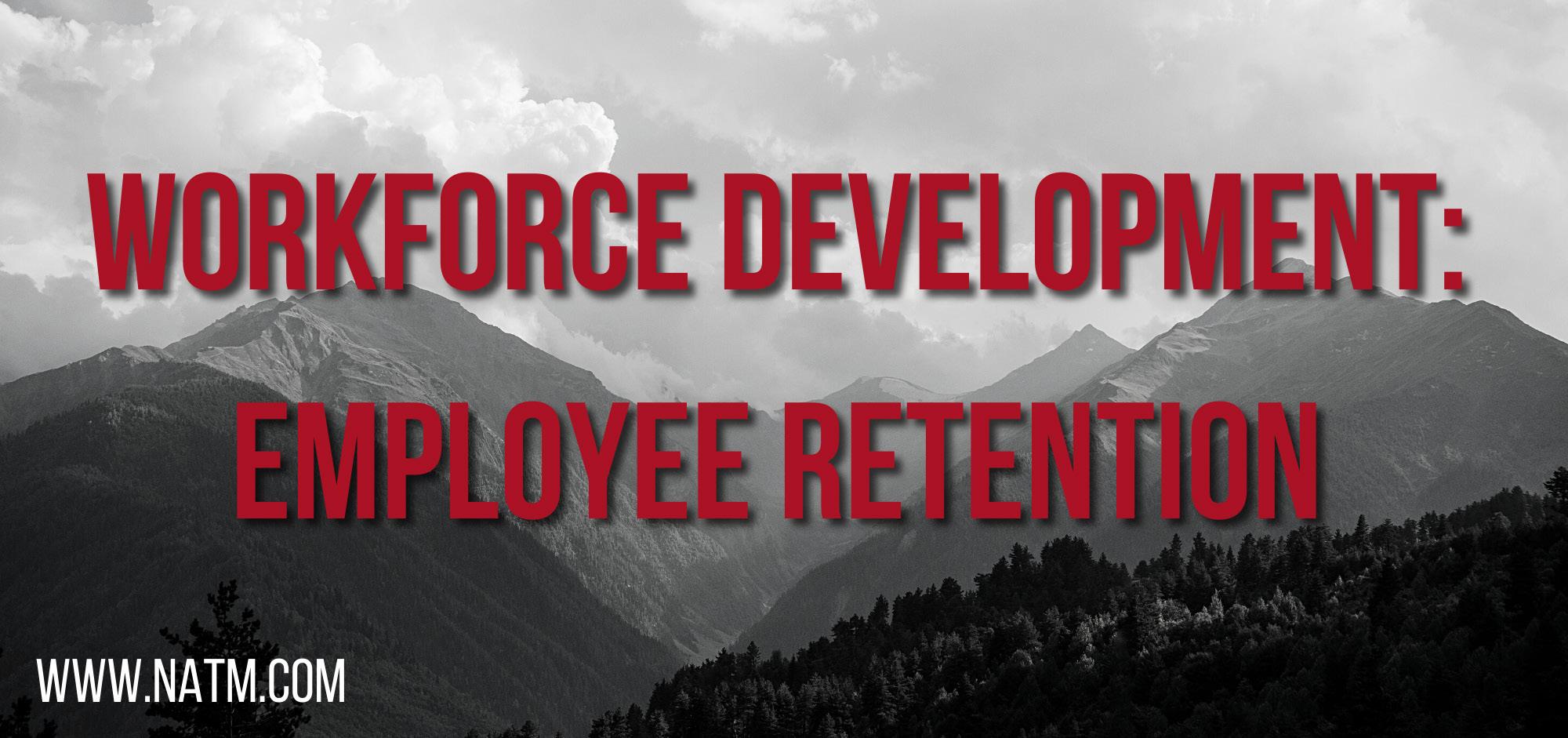Employee Retention through Successful Organization Culture
Tracks
Employee Retention through Successful Organization Culture By Elizabeth Moore, NATM Tracks Editor According to the Bureau of Labor Statistics, the current average length of service for employees is four years, with those between 25-32 years of age even lower at two years. With service periods shortening, it’s natural to experience higher levels of turnover. Data from a Society of Human Resource Management survey estimated annual turnover at 18 percent with costs between 50 and 75 percent of average total compensation, indicating turnover can have a significant impact on the cost of doing business. For example, a 100-person company with an 18 percent turnover rate and average total compensation of $60,000 could experience direct and indirect turnover costs of $530,000 to $800,000 on an annual basis. From a financial standpoint, employee retention is key to a successful business, and company culture is one factor that can help retain employees. Mike Krizman, Human Resource Advisor at TMAC and The University of Texas at Arlington, spoke on organization culture at NATM’s Workforce Development Summit in November of 2020. He covered organizational culture and its importance during his presentation. He touched on what organizational culture is comprised of as well as barriers and tips to forming the type of culture that benefits both employees and employers. TMAC is a NIST (National Institute of Standards and Technology) MEP (Manufacturing Extension Partnership) and
28
March/April 2021
is the official representative of the MEP National Network in Texas. TMAC’s mission is to accelerate profitable growth and competitiveness of Texas manufacturers by developing and improving profit, products, processes, technologies, and people. What is Organization Culture? Krizman defined culture as the conscience and subconscious of an organization. It is universally understood and influences the success of a company. Culture is comprised of the values and behaviors of employees and is unique to that individual group. It is dynamic which means it is affected by many different factors, both internal and external. Most importantly, culture impacts an organization’s ability to succeed. Culture is made up of a variety of factors including the company’s vision or mission as well as what employees bring to work every day. Experiences, beliefs, attitudes, opinions, etc. all make up the organization’s culture. Leadership can help set the cultural example for employees to follow by enacting it themselves. Barriers to Successful Organization Culture Although building a successful culture is a key part to a business’ success, it is not without its challenges. Culture relies on all parts (employees, leaders, systems and processes, etc.) working www.NATM.com













